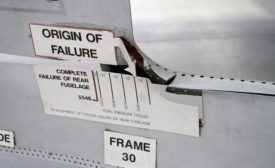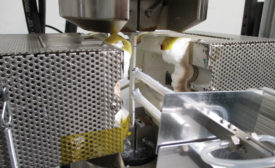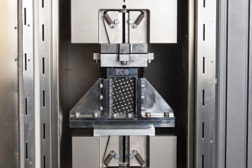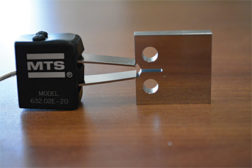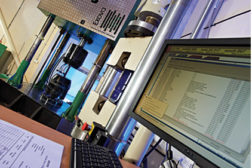Home » fatigue testing
Articles Tagged with ''fatigue testing''
The many variables associated with material type, sample geometry and in service use of a part or component complicates the design and implementation of an appropriate fatigue testing regime.
Read More
Overview of Fatigue and Creep Testing of Ceramic Matrix Composites for Aerospace
Ceramic Matrix Composites have come a long way in the past decade in their ability to have sustained strength at high temperatures.
November 9, 2015
Quality 101
Mechanical Testing of Composites
The mechanical testing of composite materials involves a range of test types, a plethora of standards, and the need to condition and test in a variety of different environments.
July 1, 2014
Fatigue Crack Growth Testing 101
A testing method to determine the rate of growth of a crack under repeated loading.
June 4, 2014
Testing Metals and Advanced Materials in Aerospace
Expert testing support provided to the aerospace sector includes developing innovative and bespoke fatigue testing solutions on materials varying from base metal alloys to highly-engineered reinforced composites.
June 4, 2014
Stay in the know with Quality’s comprehensive coverage of
the manufacturing and metrology industries.
eNewsletter | Website | eMagazine
JOIN TODAY!Copyright ©2024. All Rights Reserved BNP Media.
Design, CMS, Hosting & Web Development :: ePublishing
